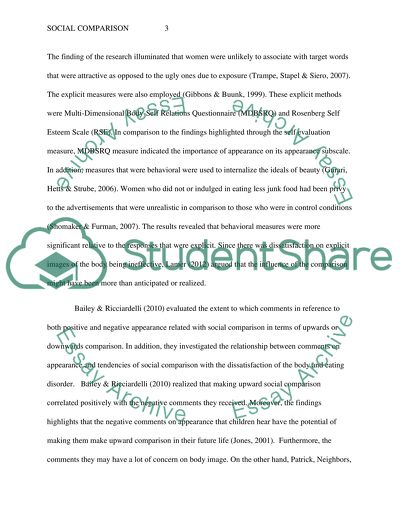Cite this document
(“Social Comparison Research Paper Example | Topics and Well Written Essays - 1750 words”, n.d.)
Social Comparison Research Paper Example | Topics and Well Written Essays - 1750 words. Retrieved from https://studentshare.org/psychology/1691325-social-comparison
Social Comparison Research Paper Example | Topics and Well Written Essays - 1750 words. Retrieved from https://studentshare.org/psychology/1691325-social-comparison
(Social Comparison Research Paper Example | Topics and Well Written Essays - 1750 Words)
Social Comparison Research Paper Example | Topics and Well Written Essays - 1750 Words. https://studentshare.org/psychology/1691325-social-comparison.
Social Comparison Research Paper Example | Topics and Well Written Essays - 1750 Words. https://studentshare.org/psychology/1691325-social-comparison.
“Social Comparison Research Paper Example | Topics and Well Written Essays - 1750 Words”, n.d. https://studentshare.org/psychology/1691325-social-comparison.


